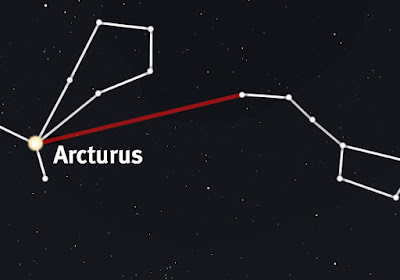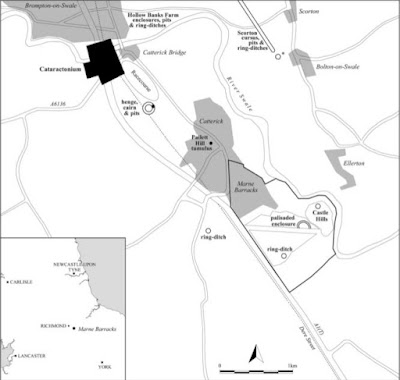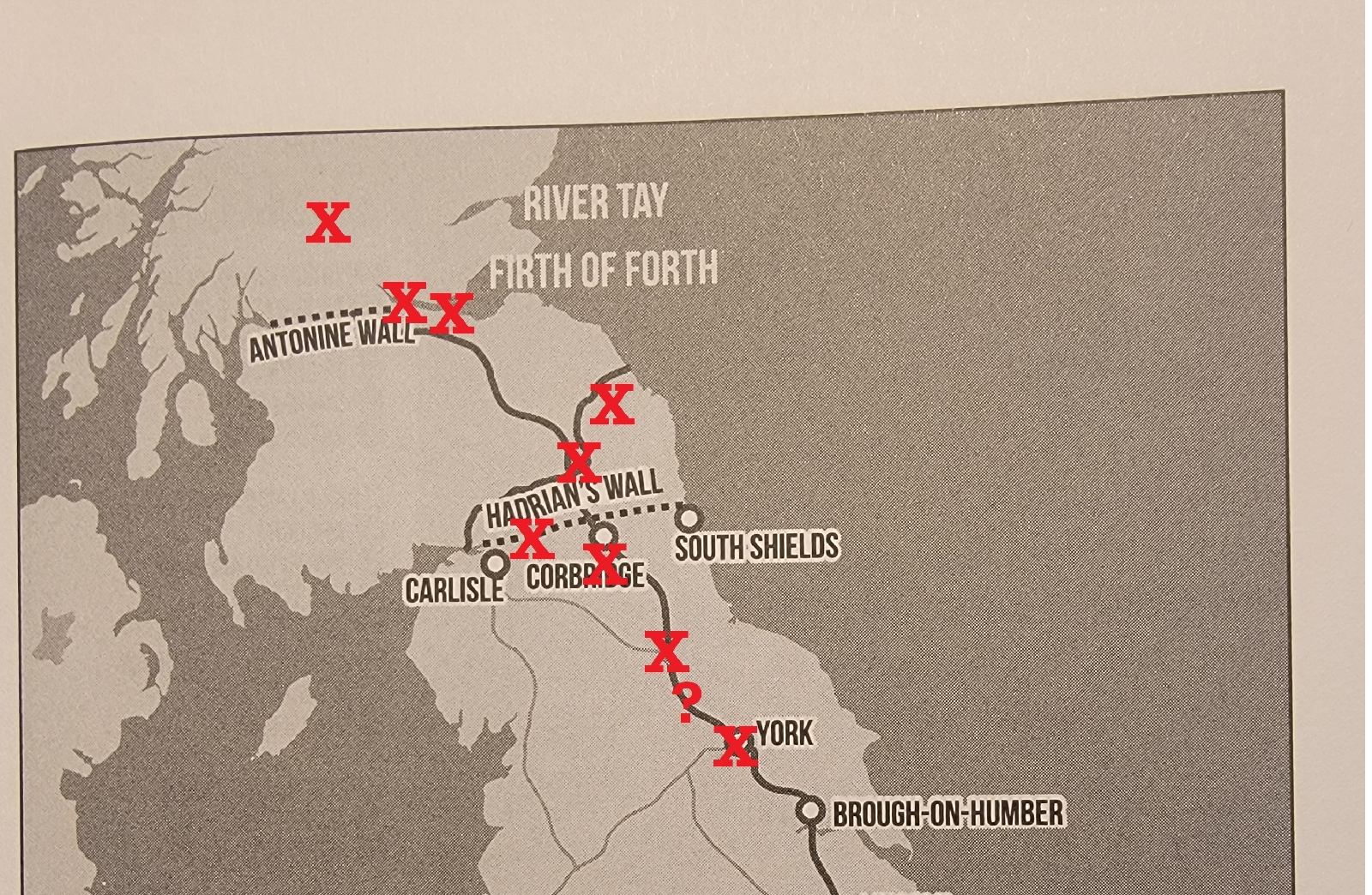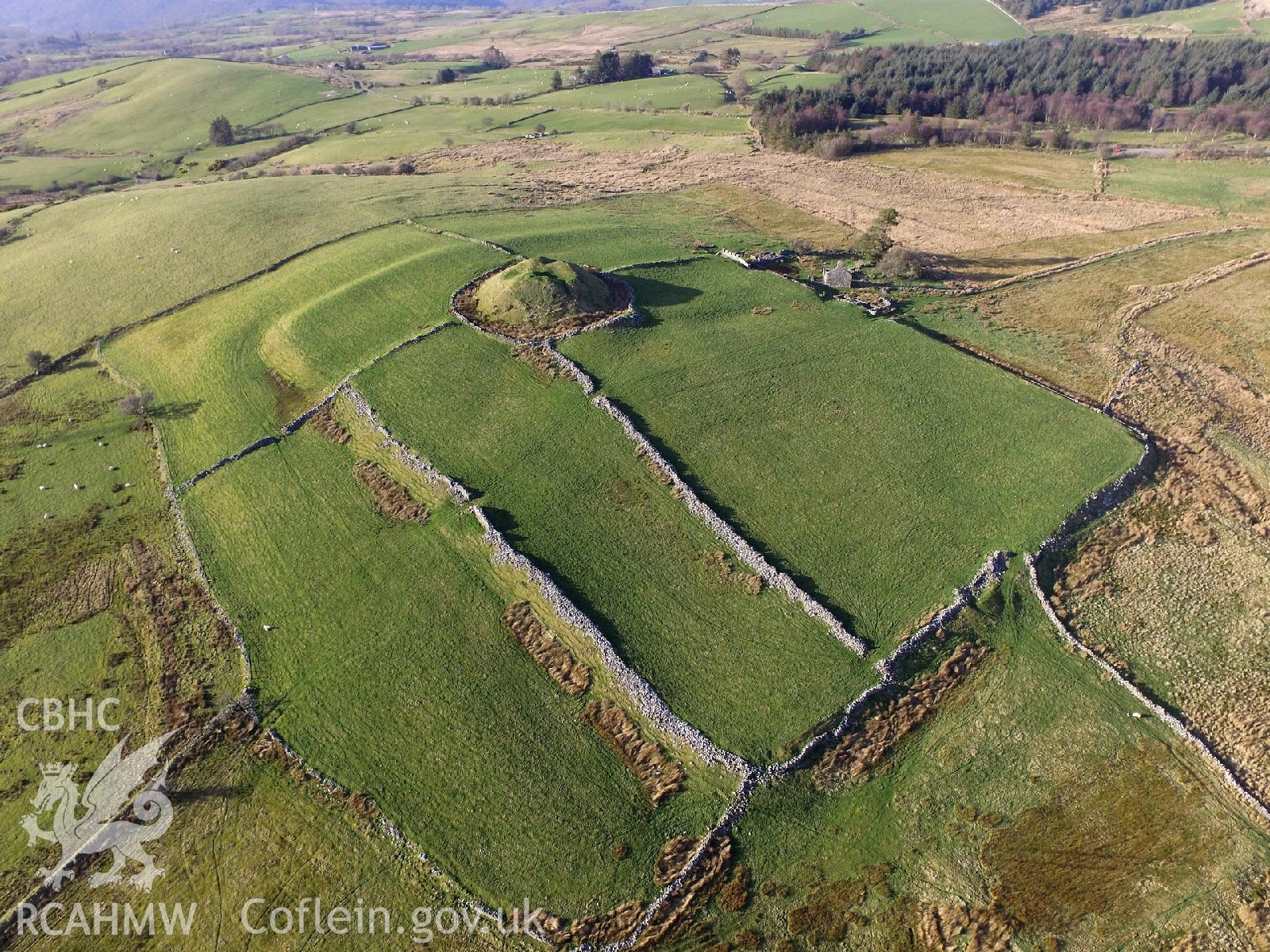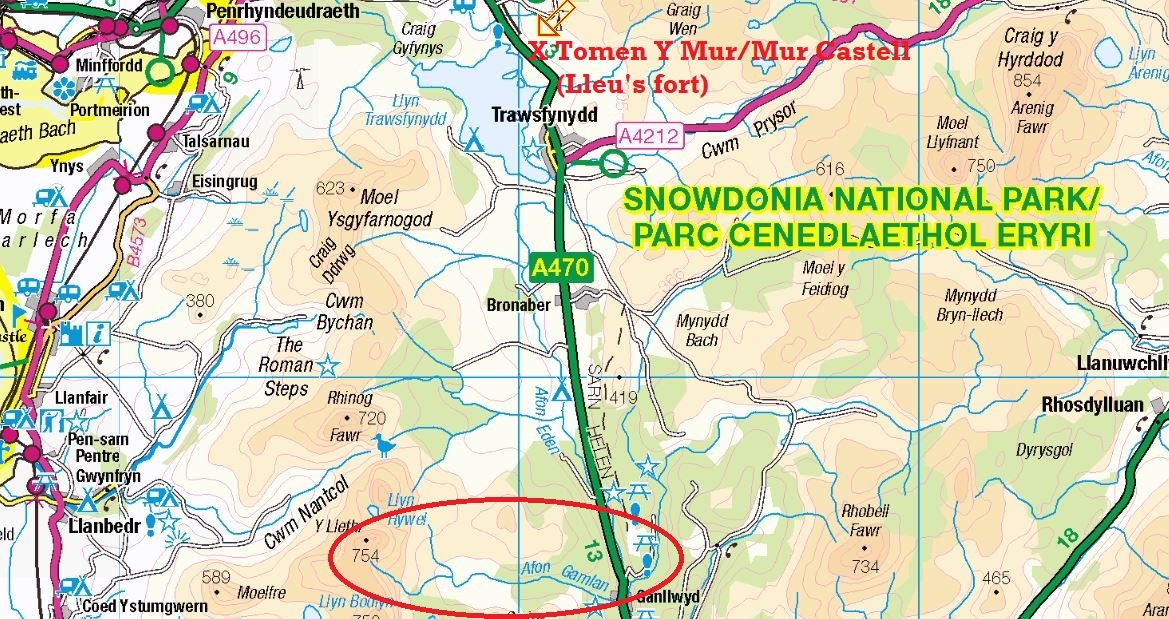Friday, May 30, 2025
THROWING A BEAR-WRENCH IN THE WORKS: A NEW PROBLEM WITH THE NAME ARTHUR
Thursday, May 29, 2025
THE DISCOVERY OF BRUNANBURH
I'm not sure if you're aware of the lost Winton in Catterick parish? Specifically, somewhere near Colburn: Wintuneoves, Wintun houes, Wyntonhowes, all from 12th - early 13th ct, imply such a place, with 'howes' named from it - which may have been Norse haugar, burial mounds.
NO BADON OR CAMLAN FOR A DARK AGE ARTHUR: MY VIEW ON THE ACTIVITIES OF L. ARTORIUS CASTUS UNDER SEVERUS
Thursday, May 22, 2025
L. Artorius Castus at Avalon? Quite possibly.
From Anthony Birley's SEPTIMIUS SEVERUS: THE AFRICAN EMPEROR, Taylor & Francis e-Library, 2002:
Considering how superstitious Septimius was, his belief that his days
were now numbered was presumably strengthened by a series of omens. In
the version now preserved, Dio only has one of these, which occurred
shortly before the departure from Rome in 208. Lightning struck an
inscription on the gate through which Septimius planned to march out of
the city, erasing the first three letters of his name. The remaining three
formed the Greek word (h) ero. This was interpreted to mean that after
three years he would die, and be deified. The HA, in its perverse fashion,
after neglecting to give any details about the campaigning, records four
omens that may be assigned to the end of the year 209, if they are not the
product of the author’s own imagination. The first purports to be a dream
that Septimius had about his own deification. The second apparently took
place at games in honour of the victory in the north. They will have taken
place at the main base, perhaps Carpow. Three plaster figures of the
goddess Victory were set up, one each for Septimius and his sons. The
central one, bearing a globe inscribed with his name, was struck by a gust of
wind, and fell down from the podium. The one honouring Geta was blown
over and totally shattered, while Antoninus’ Victory lost its palm and barely
remained upright.
The third and fourth omens, which seem part of the same story, belong
to Septimius’ journey southward to winter-quarters. The beginning of this
passage is difficult to translate and is perhaps corrupt. It has been variously
emended, but can be understood perfectly well as it stands, in the light of
evidence from Britain.
After giving a Moor his discharge from the army, on the Wall (apud
vallum) [this would be something quite normal at the end of a
campaign] when he returned to the nearest mansio [halting-place],
not merely as victor but having established eternal peace, and
turning over in his mind what sort of man should meet him [or ‘what
omen he should meet with’] a certain ‘Ethiopian’ (black man) from
the military numerus, with a wide reputation as a buffoon, and
always noted for his jokes, met him with a garland made from
cypress-boughs. When ordered that the man should be removed
from his presence, in a rage, being upset by the man’s colour and the
ill-omened nature of his garland, the man is said to have called out,
as a joke: ‘You have overthrown all things, conquered all things,
now be a conquering god!’ When he reached the town and wanted
to make sacrifice, by a mistake on the part of the rustic soothsayer, in
the first place he was taken to the temple of Bellona, and then the
sacrificial victims that were provided were black. Then, when he had
abandoned the sacrifice in disgust, and had withdrawn to the Palace,
through the attendants’ carelessness the black victims followed him
right up to its doors.
The story could be easily rejected as a feeble concoction. But curiously
enough, at the fort of Aballava (Burgh-by-stands), west of Luguvalium
(Carlisle) on Hadrian’s Wall, the garrison in the third century included a
numerus Maurorum, a unit of Moors, which could well have had black
soldiers in its ranks. That Septimius should have used Aballava as a mansio
is perfectly plausible. The fort guarded two important fords across the
Solway and the marching-camp at Kirkpatrick shows that the western route
was used at this time by the army. As for the shrine of Bellona, a dedication
to the goddess has been found at the fort of Maglona (Old Carlisle) some
ten miles away. The town may have been Luguvalium itself, although
Eboracum might seem likelier, in view of the mention of a ‘Palace’.24
The HA’s anecdote, feeble or not, has the merit of locating Septimius
apud vallum.
UTHER'S AND SEVERUS'S TWO CAMPAIGNS IN SCOTLAND or The Litter-Borne King
Wednesday, May 21, 2025
Saturday, May 17, 2025
Medraut Unveiled at Last or Camlan and Arthur of Dyfed
I was looking at the Roman road that ran south from Lleu's Tomen Y Mur fort and noticed that it either crossed the Afon Gamlan or ran past the mouth of that river on the other side of the Afon Mawddach.
Wednesday, May 14, 2025
THE DISCOVERY OF THE ANCIENT PICTISH KINGDOM OF CIRCINN

(Courtesy https://topofly.blogspot.com/2014/10/white-caterthun-hillfort-work-in.html)
Monday, May 12, 2025
Coming Soon: THE DISCOVERY OF THE ANCIENT PICTISH KINGDOM OF CIRCINN
Thursday, May 8, 2025
RECONSTRUCTION OF THE PROPOSED READING FOR THE L. ARTORIUS CASTUS LACUNA
MODRED/MEDROD THE SON OF LOTH OF LOTHIAN: ANOTHER ARGUMENT IN FAVOR OF A MAEATAE/MIATHI CONNECTION FOR CAMLAN

